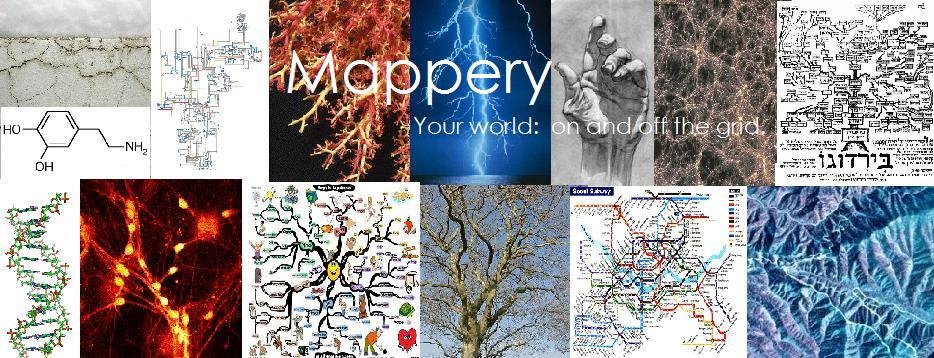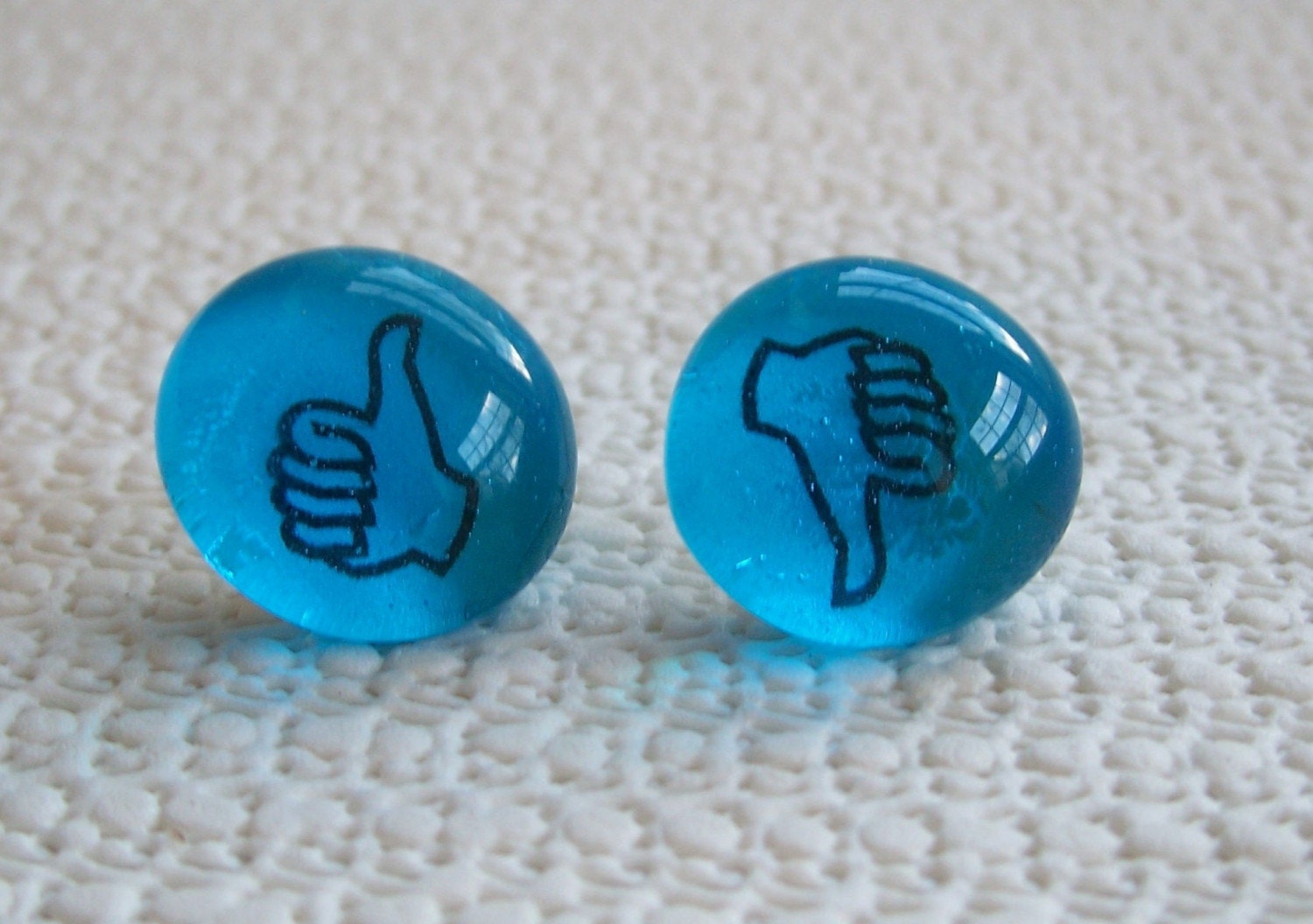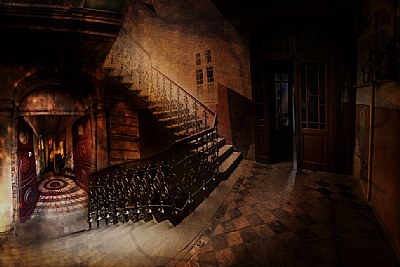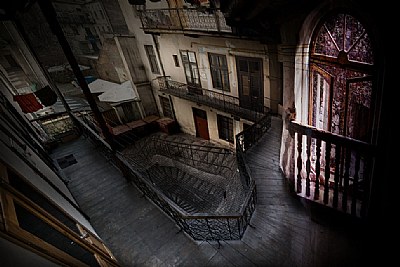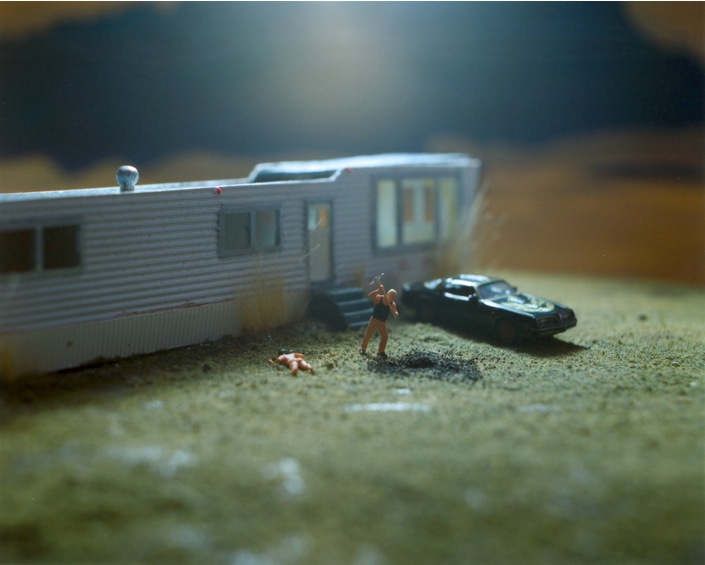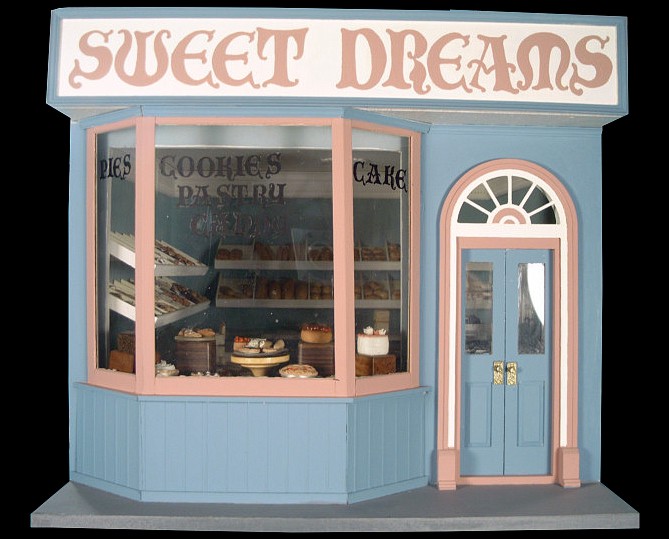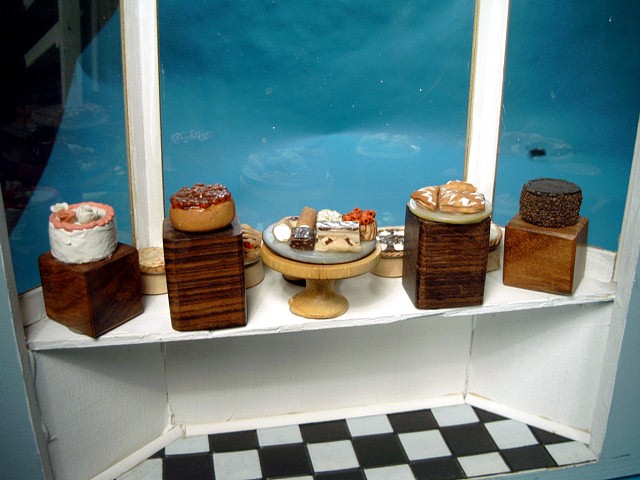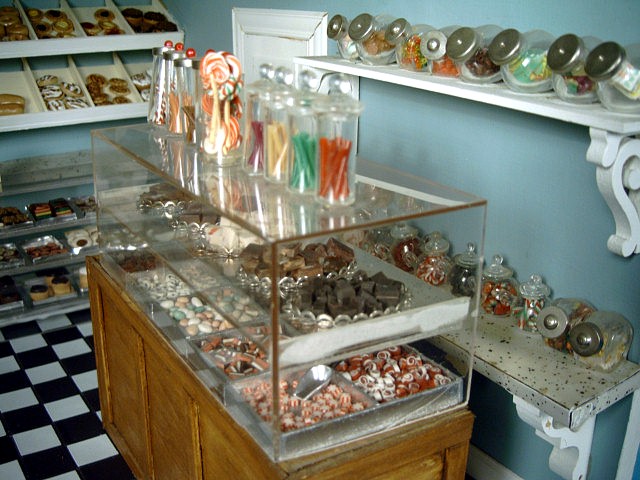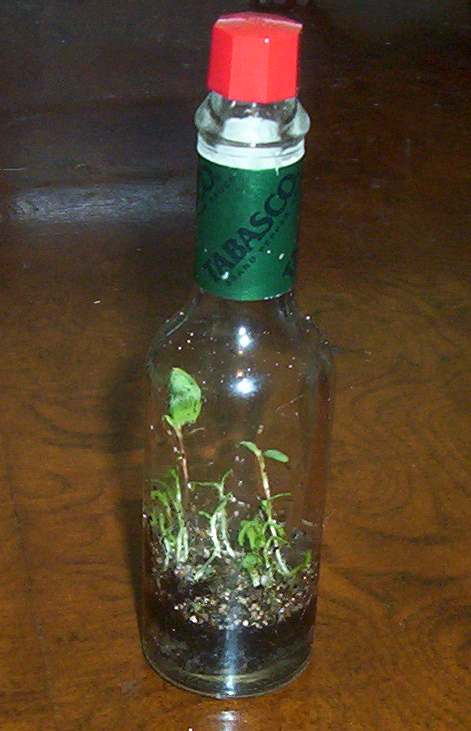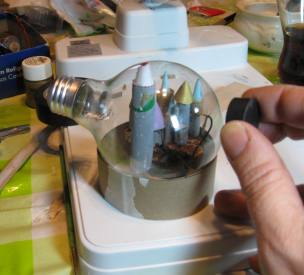
CONTAINER GARDENING
Urban Gardening Help - A pretty extensive site that aims to make urban gardening easy with simple instructions.
Container Gardening Tips - a good overview of container gardening. It includes a list of plants well suited to container gardening, which includes varieties of herbs, vegetables, fruits, flowers, shrubs and trees, and "odds and ends" (i.e. aloe, dwarf pomegranate, black bamboo).
AZ: Master Garden Manual: Container Garden - Starts out with an overview and ends with a chart of information on growing a variety of vegetables which includes:
- light requirements
- minimum container size
- inches required between plants in containers
- number of days from planting seed to harvest
- tips for a variety of vegetables
Herb Container Gardens (Utah State University Cooperative Extension) - A PDF specific to herbs that covers the following:
- container-friendly types
- container sizes
- potting media
- planting procedures
- care and harvest methods
- as well as a chart with information on herb: type (annual, perennial), height of growth, maintenance, and harvest / uses.
Home Fruit, Vegetable, and Nut Gardening (Aggie Horticulture, Texas A & M) has a series of Gardening Fact Sheets and Guides which cover:
- varieties
- soil preparation
- fertilizing
- planting
- watering
- care during the season
- insects and diseases
- harvesting
- fertilizing
- storing
Watch Your Garden Grow (University of Illinois Extension) has a directory of many popular fruits and vegetables that provides information on:
- varieties
- when to plant
- spacing & depth
- care
- harvesting
- common problems
- growing
- selection and storage
- nutrition and health
- preparing and serving
- home preservation
- recipes
A post on Raised Garden Beds from Twenty Square Feet: Life as a Container Gardener (A Crash Course on Gardening in a Ridiculously Small Space)
POTTING SOIL RECIPES
Homemade Potting Soil Recipes for Container Gardens (The Artistic Garden) - Potting soil recipes specific to type of plant (Basic, Acid-Loving, Bulbs, Cacti and Succulents, Alpines, Orchids and Bromeliads).
COMPANION PLANTING
Companion Planting is the placement of various crops in close physical proximity to another so as to symbiotically compliment the progress of each other. Benefits can include flavor enhancement, hedged investment, level interaction, nitrogen fixation, pest suppression, positive hosting, protective shelter, and trap cropping.
- Has a chart that covers "good neighbors", "bad neighbors", and miscellaneous notes for a wide variety of plants.
INSTRUCTABLES (Build it Yourself)
Urban Homestead Garden - an adaption on Mel Bartholomew's Square Foot Gardening practices (build up, don't dig down and organize in sq. ft.).
How to make high powered led grow lights
Instructions for building a Zero-Power Self-Watering Self-Regulating Container Garden
If you prefer to have a lot of the work done for you, purchasing an Earth Box is one way to go. You could also use this or this plan for building one yourself.
Don't have adequate space or not ready to take up gardening on your own? Visit "Just Food" to locate NYC farms nearest to you.
